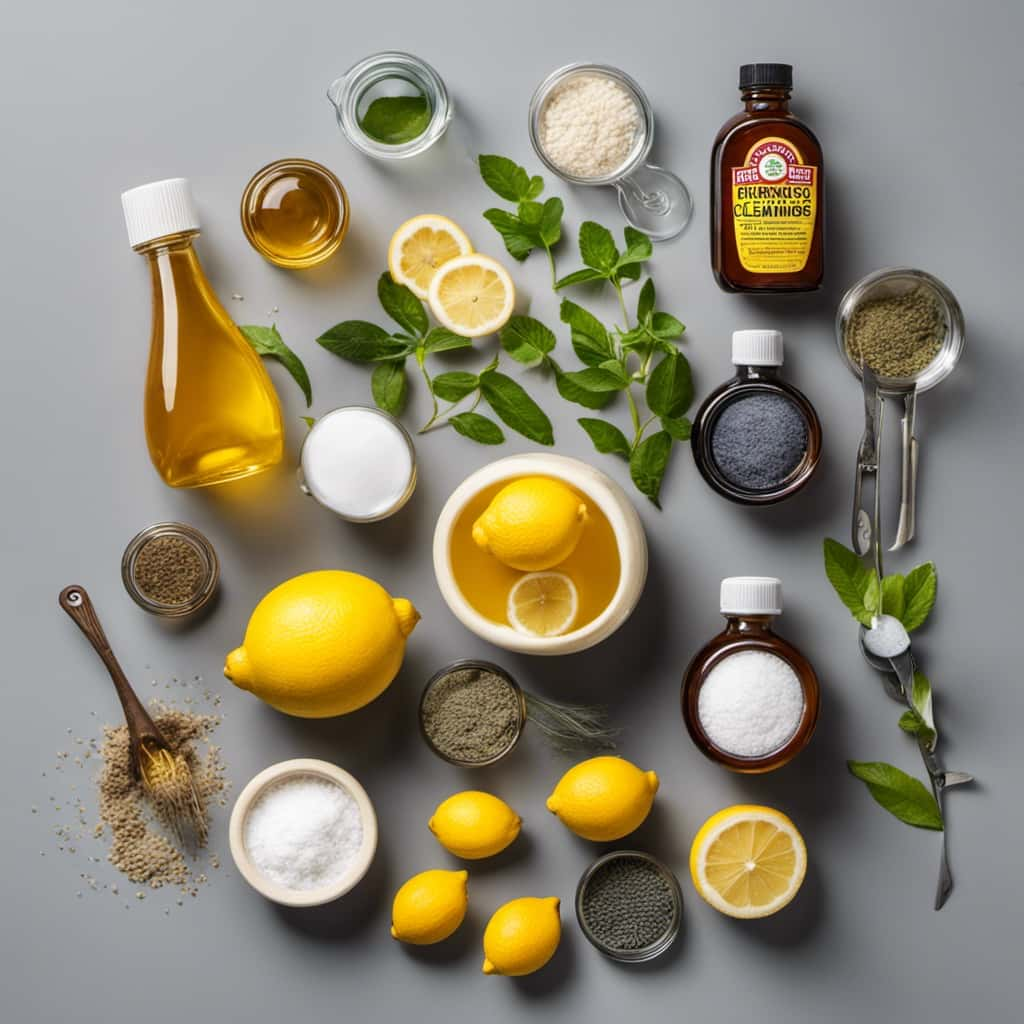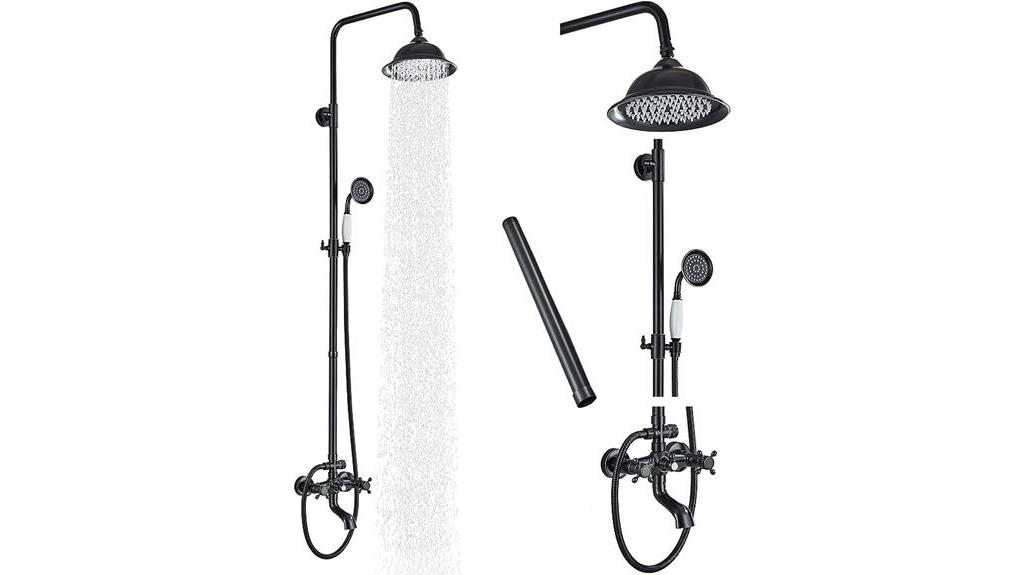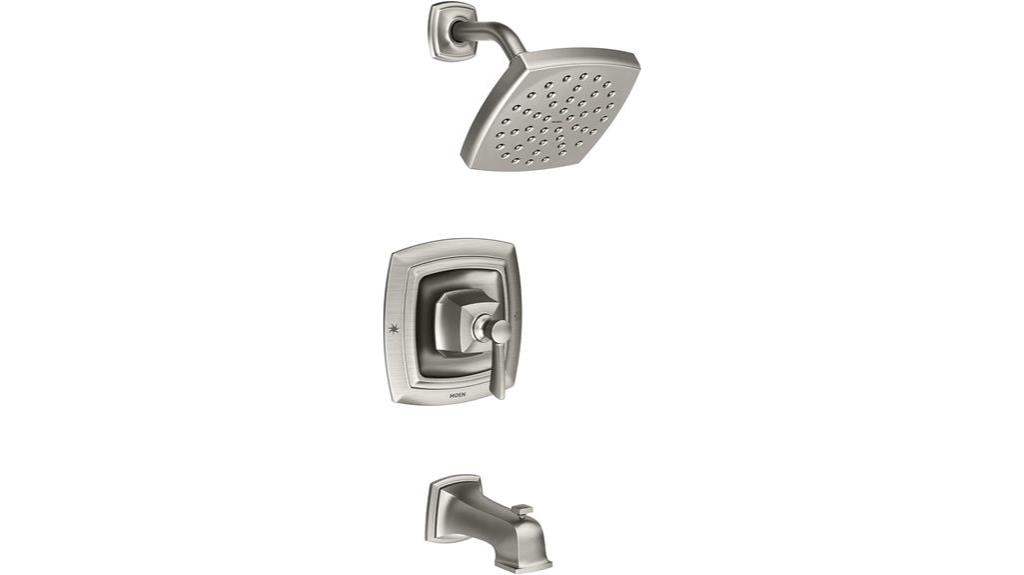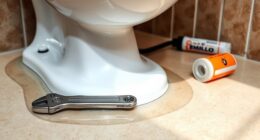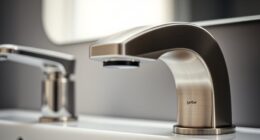- Alternatives to baking soda and vinegar for unclogging toilets
- Common mistakes to avoid when unclogging a toilet
Have you ever faced the frustrating chore of unclogging a toilet? Fear not, for we have the answer to your plumbing woes.
In this article, we will explore the strongest tools and substances to tackle this unpleasant task. From the trusty plunger to the powerful plumbing snake, we will delve into the effectiveness of each option.
So, gather your tools and prepare to conquer any clog that dares to challenge your mastery of toilet unclogging.
Key Takeaways
- The plunger is an essential tool for unclogging toilets and can be used with natural remedies like baking soda and vinegar or hot water and dish soap.
- Plumbing snakes, including handheld snakes, power snakes, and toilet augers, are versatile tools for clearing out blockages. Handheld snakes are suitable for smaller clogs, while power snakes can handle more challenging clogs. Toilet augers have a protective rubber coating to prevent scratching.
- Natural remedies like baking soda and vinegar create a foaming effect that breaks down and dissolves clogs, while hot water and dish soap act as a lubricant and help to loosen and dissolve clogs.
- Enzyme-based drain cleaners are natural and environmentally friendly options that effectively break down organic matter, are safe for pipes and septic systems, and prevent future clogs. However, they may take longer to work compared to chemical cleaners and may not be as effective on stubborn clogs.
Plunger
The plunger is an essential tool for unclogging toilets, as it uses suction to dislodge and remove blockages. This simple yet effective device consists of a rubber cup attached to a handle.

When properly used, the plunger creates a seal over the drain hole and allows you to exert pressure and force air or water into the clogged pipe. The pressure created by the plunger’s suction action helps to loosen and dislodge the blockage, allowing it to be flushed away.
However, in some cases, a plunger may not be enough to remove stubborn clogs. In such situations, a toilet auger, also known as a plumbing snake, can be used to reach deeper into the pipes and break up the blockage.
Additionally, there are natural remedies that can be used in conjunction with the plunger or auger, such as a mixture of baking soda and vinegar or hot water and dish soap. These remedies can help to dissolve and break down organic materials causing the blockage.
Plumbing Snake
To continue tackling stubborn clogs, another effective tool is a plumbing snake. This versatile tool is specifically designed to snake through pipes and clear out blockages, making it a valuable asset for any homeowner or plumber. Here are some key points to consider about plumbing snakes:
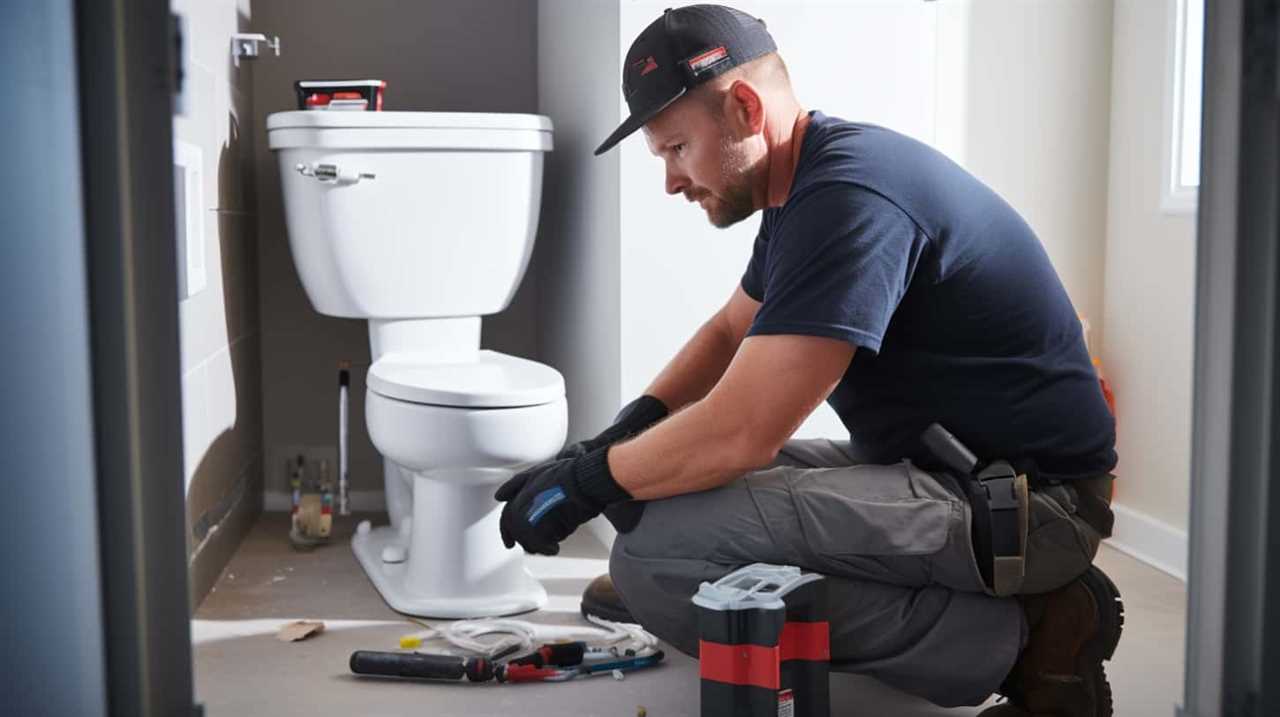
- Different types of plumbing snakes available:
- Handheld snakes: These are manually operated and are suitable for smaller clogs.
- Power snakes: These are motorized and can handle more challenging clogs.
- Toilet augers: These are specifically designed for unclogging toilets and have a protective rubber coating to prevent scratching.
How to properly use a plumbing snake to unclog a toilet:
- Insert the snake into the toilet drain.
- Rotate the handle clockwise to extend the snake further into the pipe.
- Apply gentle pressure and gradually push the snake forward.
- Once you feel resistance, rotate the handle counterclockwise to break up and remove the clog.
With the knowledge of different types of plumbing snakes and how to use them effectively, you can now tackle stubborn toilet clogs with confidence.
Transitioning into the next section, let’s explore another powerful solution: baking soda and vinegar.
Baking Soda and Vinegar
Now let’s explore another powerful solution to unclog a toilet by using a simple mixture of baking soda and vinegar.
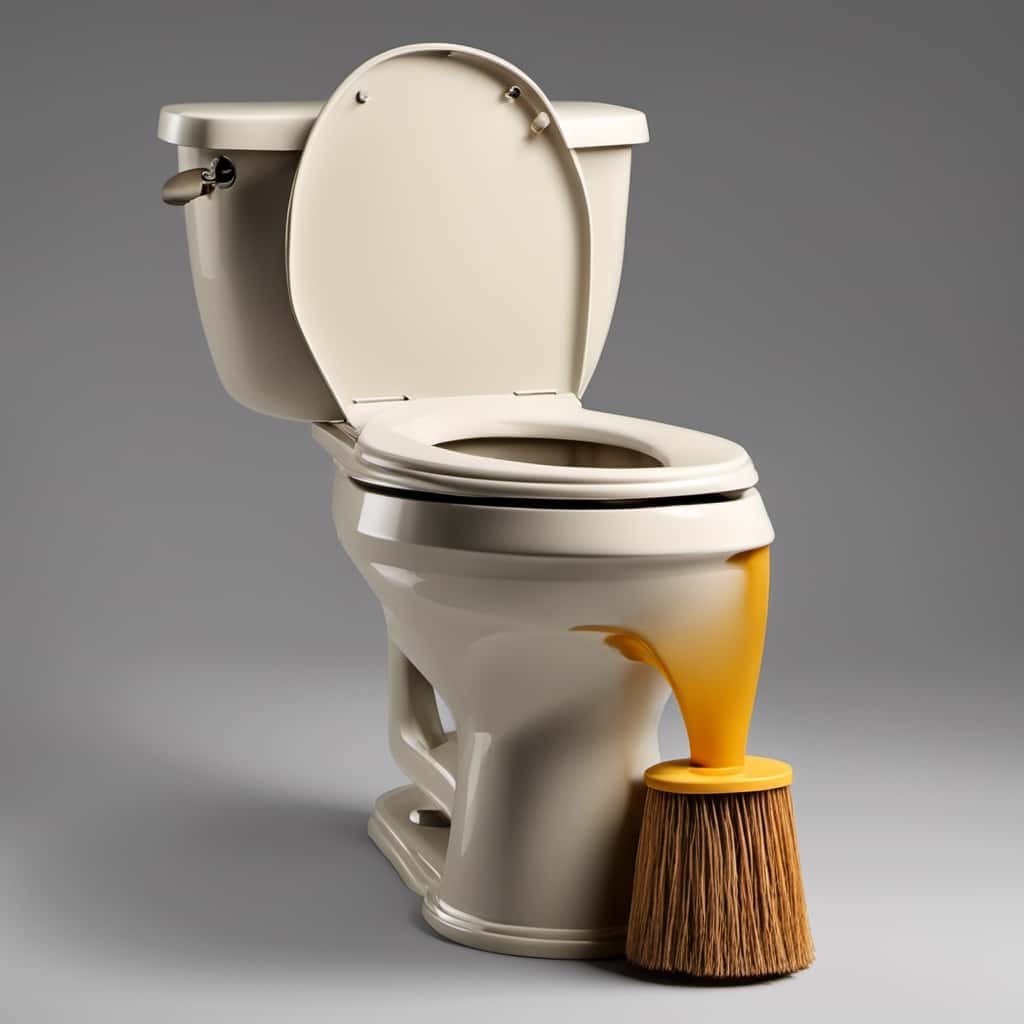
This combination isn’t only effective but also environmentally friendly, as it utilizes natural cleaning solutions. When baking soda and vinegar are combined, a chemical reaction occurs that creates a foaming effect. This foaming action helps to break down and dissolve the clog, allowing it to be easily flushed away.
To use this method, start by pouring about one cup of baking soda into the toilet bowl. Then, slowly pour one cup of vinegar on top of the baking soda. Allow the mixture to sit for a few minutes, and then flush the toilet. The foaming action should help to dislodge the clog.
If the clog persists, you can repeat the process or move on to the next solution: hot water and dish soap.
Hot Water and Dish Soap
After utilizing the baking soda and vinegar mixture, we can further explore the effectiveness of unclogging a toilet by utilizing hot water and dish soap. Here are some key points to consider when using hot water and dish soap for unclogging toilets:
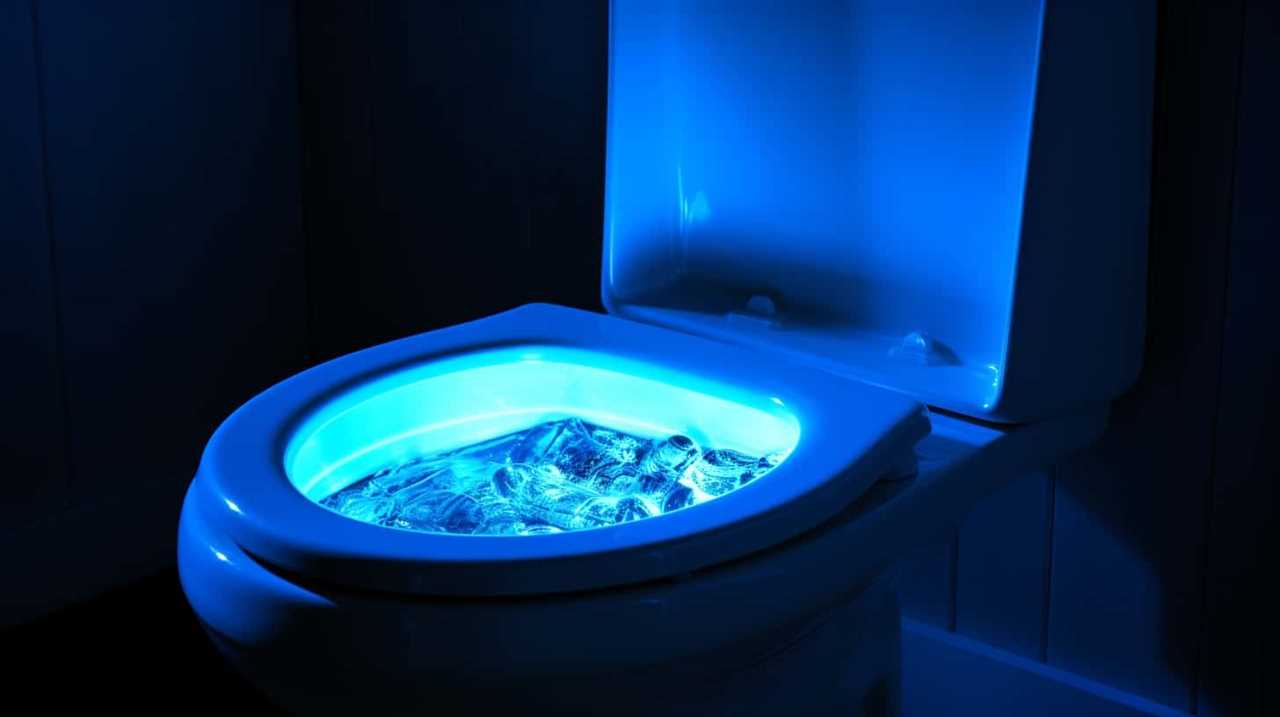
- Benefits of using hot water and dish soap for unclogging toilets:
- Hot water helps to loosen and dissolve clogs, making it easier to remove them.
- Dish soap acts as a lubricant, allowing the clog to slide through the pipes more easily.
- This method is relatively inexpensive and readily available in most households.
- It’s environmentally friendly compared to harsh chemical cleaners.
- Common mistakes to avoid when using hot water and dish soap for unclogging toilets:
- Using boiling water instead of hot water can cause damage to the toilet bowl.
- Using excessive amounts of dish soap can create excessive foam, making the clog worse.
- Not allowing enough time for the hot water and dish soap to work before attempting to flush the toilet.
- Failing to use a plunger or toilet auger if the clog persists after using hot water and dish soap.
Enzyme-Based Drain Cleaner
We have discussed the benefits of using hot water and dish soap to unclog a toilet, but another effective option to consider is an enzyme-based drain cleaner. This type of cleaner uses natural enzymes to break down organic matter, such as waste and toilet paper, which can contribute to clogs. Enzyme-based drain cleaners are a popular choice for those who prefer alternative solutions that are gentle on pipes and environmentally friendly.
To further highlight the effectiveness of enzyme-based drain cleaners, let’s take a look at the following table:
| Enzyme-Based Drain Cleaner | Benefits | Drawbacks |
|---|---|---|
| Natural and environmentally friendly | Breaks down organic matter effectively | May take longer to work compared to chemical cleaners |
| Safe for pipes and septic systems | Prevents future clogs | May not be as effective on stubborn clogs |
As you can see, enzyme-based drain cleaners offer several benefits, but they may not be as fast-acting as chemical cleaners for tough clogs. However, for those seeking a safer and more eco-friendly option, an enzyme-based drain cleaner is worth considering as an alternative solution.
Frequently Asked Questions
How Much Force Should I Apply When Using a Plunger to Unclog a Toilet?
When using a plunger to unclog a toilet, it’s important to apply firm, steady pressure. Avoid using excessive force, as it can damage the pipes. Proper technique and avoiding common mistakes are key to success.
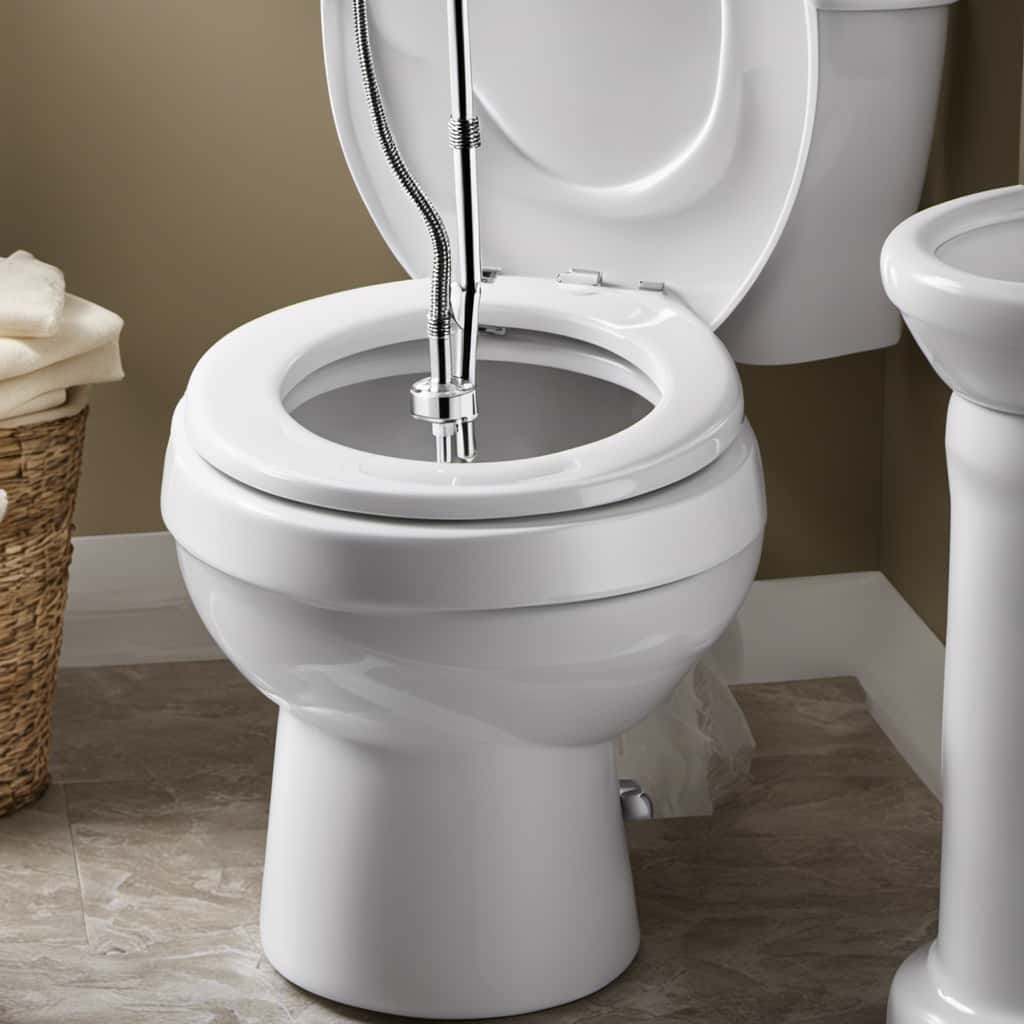
Can a Plumbing Snake Damage the Toilet Bowl or Pipes?
Plumbing snake alternatives can effectively unclog a toilet without damaging the bowl or pipes. To prevent toilet clogs, we recommend proper disposal of waste and regular maintenance to keep the pipes clear.
How Long Should I Wait After Pouring Baking Soda and Vinegar Into the Toilet Before Flushing?
When unclogging a toilet, it’s important to consider alternatives to baking soda and vinegar. Additionally, it’s crucial to avoid common mistakes that can worsen the situation. Let’s delve into some discussion ideas regarding these topics.
Is It Safe to Use Hot Water and Dish Soap in a Toilet With a Septic System?
Hot water is generally safe to use in a toilet with a septic system, but it’s important to avoid using boiling water. Dish soap can be effective in breaking down clogs, but it’s best to use a plunger or a toilet auger for stubborn blockages.
Are Enzyme-Based Drain Cleaners Safe for All Types of Toilets, Including Those With Older Plumbing Systems?
Enzyme-based drain cleaners are effective at unclogging toilets, but they may not be safe for all types of plumbing systems. Alternatives include using a plunger or a toilet auger. Chemical drain cleaners have pros and cons, so consider them carefully.
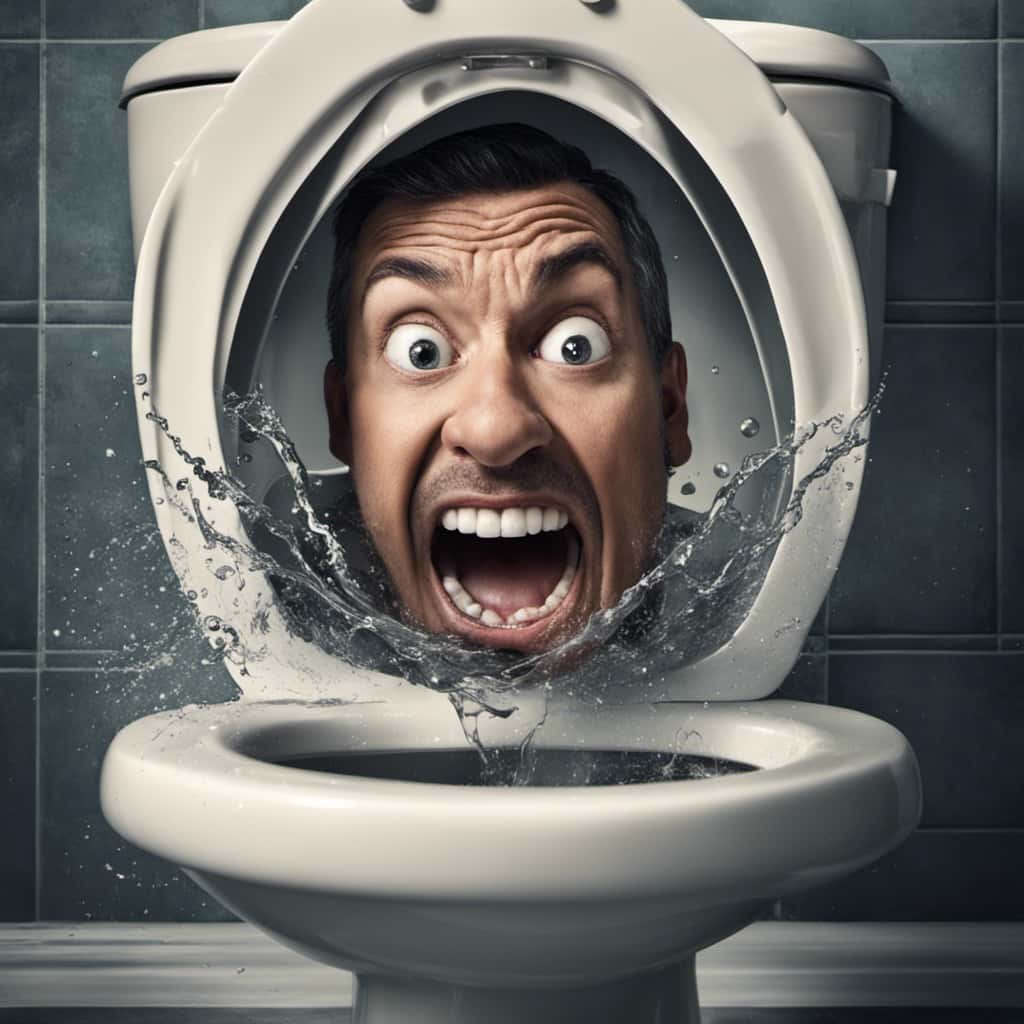
Conclusion
In conclusion, when it comes to unclogging a stubborn toilet, the strongest weapon in your arsenal is the plumbing snake.
Like an agile warrior, it fearlessly navigates through the pipes, breaking down any obstacles in its path.
With its sharp edges and flexible body, it swiftly dislodges even the toughest clogs, restoring the flow and harmony to your bathroom.
So, equip yourself with this mighty tool and conquer any toilet clog with confidence and ease.
